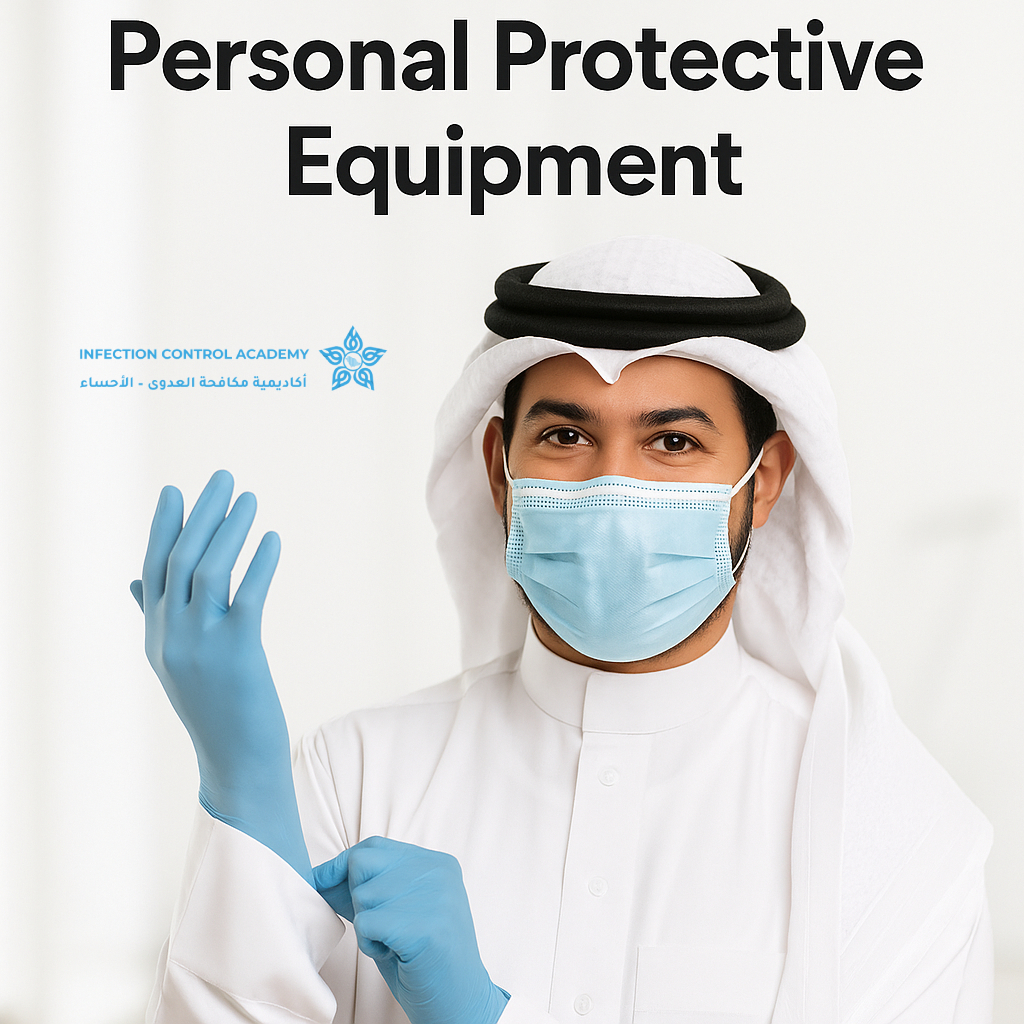Personal Protective Equipment (PPE) is the healthcare worker’s armor. From gloves to N95 masks, these tools are not optional—they’re lifesaving barriers between professionals and potentially deadly pathogens.
What Is PPE?
PPE includes a wide range of items: gloves, gowns, masks, face shields, goggles, and shoe covers. Each serves a specific purpose in preventing exposure to infectious materials.
Why PPE Matters in Infection Control
Healthcare professionals are often in close contact with infected patients or contaminated surfaces. PPE significantly reduces the risk of cross-contamination and protects both the caregiver and the patient.
Correct Use of PPE
Using PPE is not just about wearing it—it’s about wearing it right.
-
Donning: Always begin with hand hygiene, then put on PPE in the correct order: gown, mask, eye protection, gloves.
-
Doffing: Remove PPE carefully to avoid self-contamination. Follow the reverse order and finish with hand hygiene.
-
Fit and Integrity: Items like masks must be well-fitted; damaged PPE should never be used.
Common Mistakes to Avoid
-
Touching the front of the mask or face shield.
-
Reusing single-use PPE.
-
Failing to change gloves between patients.
These errors can compromise the entire infection control process.
When PPE Isn’t Used Properly
Failure to adhere to PPE guidelines can result in disease outbreaks—even in highly controlled environments. During the early days of COVID-19, improper PPE handling was a key contributor to hospital transmissions.
Conclusion
In the world of healthcare, PPE isn’t just gear—it’s a frontline defense. Proper use saves lives, ensures safer care, and reinforces the integrity of infection control systems.


